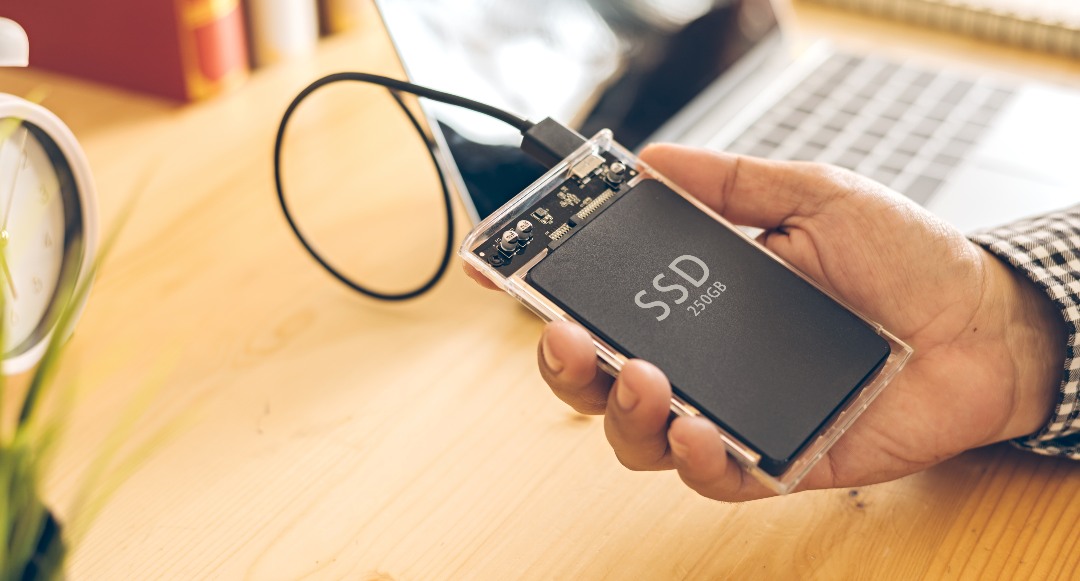Introduction to SSD Data Recovery
Solid-State Drives (SSDs) are renowned for their speed and reliability, but they are not immune to data loss. Unlike traditional Hard Disk Drives (HDDs), SSDs use flash memory to store data, which can present unique challenges when it comes to data recovery. In this article, we’ll explore the nuances of SSD data recovery, the common issues encountered, and the best practices for restoring lost data.
Why SSD Data Recovery is Different
The architecture of SSDs differs significantly from that of HDDs. SSDs use NAND flash memory, which stores data electronically rather than magnetically. This fundamental difference means that data recovery techniques designed for HDDs are not always effective for SSDs. For instance, SSDs have wear leveling algorithms that distribute data across the drive to extend its lifespan. While this feature is beneficial for performance and longevity, it complicates data recovery efforts because the physical location of data is not static.
Common Causes of SSD Data Loss
- Firmware Corruption: The firmware in an SSD controls its operations. Corruption of this firmware can result in data inaccessibility or complete drive failure.
- Physical Damage: Despite their robust design, SSDs can suffer from physical damage due to factors like overheating or electrical failures.
- File System Corruption: Errors in the file system can lead to data loss, making the SSD appear empty or unreadable.
- User Error: Accidental deletion or formatting of data is a common cause of data loss, which applies to SSDs as well.
Steps for Effective SSD Data Recovery
- Assess the Situation
Before attempting recovery, it’s crucial to assess the extent of data loss. Determine whether the SSD is physically damaged or if the data loss is due to logical issues. This assessment helps in choosing the right recovery strategy.
- Stop Using the SSD
To prevent further data overwriting, stop using the SSD immediately after data loss. Continued use can overwrite the data you’re trying to recover, making it more challenging to retrieve.
- Choose the Right Recovery Tools
Utilize specialized SSD data recovery software or hardware tools designed for flash memory. Standard HDD recovery tools may not be effective. Look for tools that support SSD recovery and have a good track record in handling NAND flash memory.
- Consider Professional Services
For severe cases, such as physical damage or firmware issues, professional data recovery services may be required. These experts have the advanced tools and techniques needed to recover data from damaged SSDs. If you’re dealing with critical data, it’s often best to consult with professionals to maximize the chances of recovery.
Best Practices for SSD Data Protection
- Regular Backups: Regularly back up important data to prevent loss. Using cloud storage or external drives can safeguard against unexpected data loss.
- Monitor SSD Health: Use SSD health monitoring tools to keep track of the drive’s condition and receive early warnings about potential issues.
- Firmware Updates: Keep the SSD’s firmware up-to-date to ensure optimal performance and compatibility, which can also help in preventing data loss due to firmware issues.
Conclusion
SSD data recovery requires a tailored approach due to the distinct nature of SSD technology. Understanding the differences between SSDs and HDDs, recognizing common causes of data loss, and following best practices can significantly impact the success of data recovery efforts. For critical data loss situations, professional recovery services offer the highest likelihood of restoring lost data.

